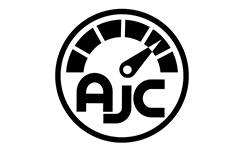Unlocking the Benefits: Why Rechargeable Sealed Lead Acid Batteries Are the Future of Power Storage
As the global demand for efficient and sustainable power storage solutions continues to rise, rechargeable sealed lead acid batteries have emerged as a pivotal technology in energy management systems. According to a recent report by Grand View Research, the global lead-acid battery market is expected to reach $83 billion by 2025, with a significant portion attributed to the increasing adoption of rechargeable sealed lead acid battery systems across various sectors, including renewable energy, automotive, and uninterruptible power supplies. These batteries offer several advantages, such as enhanced safety, lower maintenance costs, and superior performance in extreme conditions. Furthermore, the International Energy Agency has highlighted the critical role of advanced battery technologies in achieving climate goals, underscoring the growing importance of rechargeable sealed lead acid batteries in the transition to a more sustainable energy landscape.
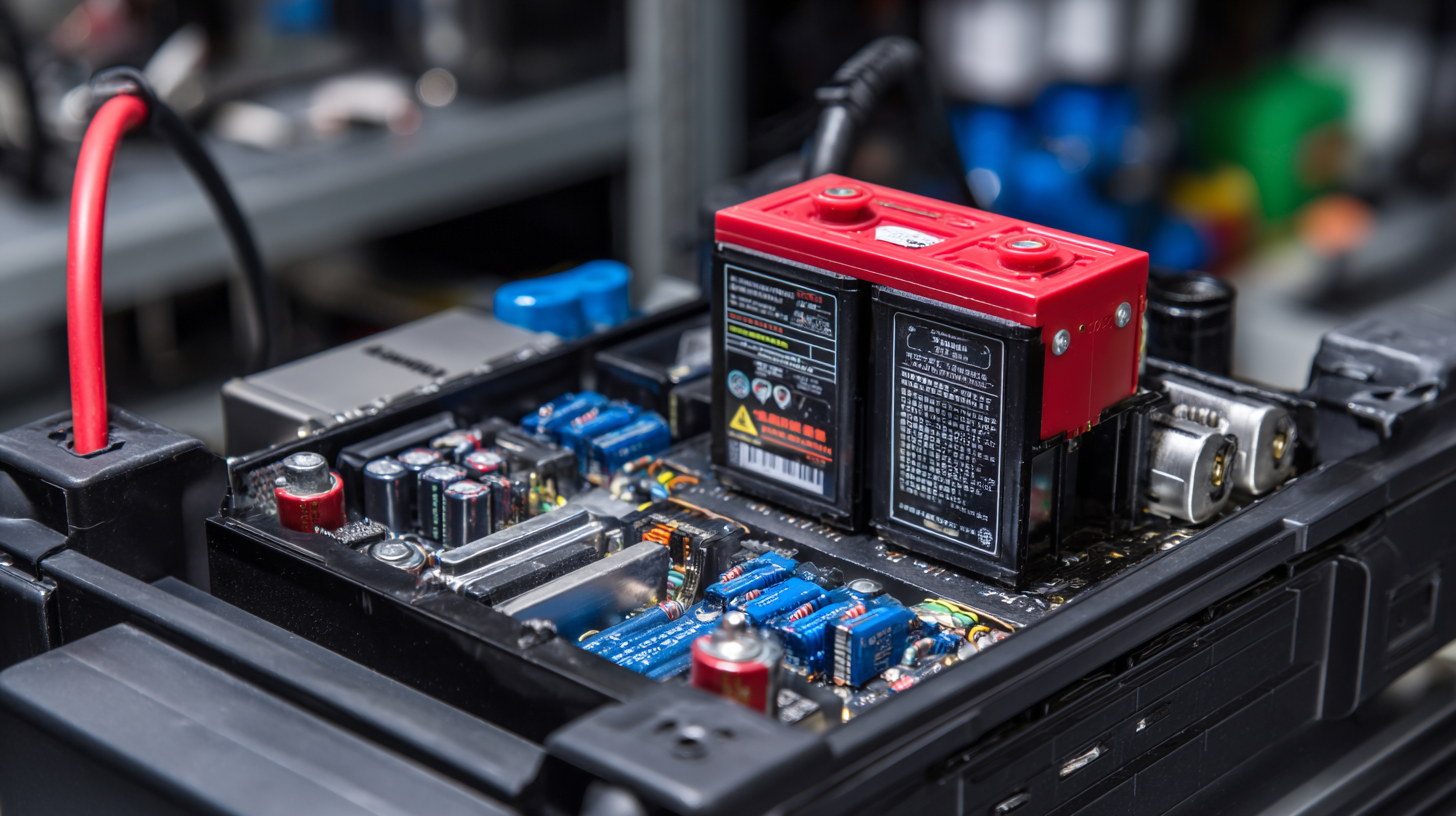
The Rise of Rechargeable Sealed Lead Acid Batteries in the Energy Storage Market
The rise of rechargeable sealed lead acid batteries in the energy storage market marks a significant shift in how we harness and utilize energy. These batteries offer a combination of efficiency, reliability, and cost-effectiveness that appeals to various sectors, from renewable energy systems to electric vehicles. Their sealed design eliminates the risk of spillage and the need for maintenance, making them an ideal choice for both commercial and residential applications. This trend reflects a broader movement towards sustainable energy solutions, as more industries seek to minimize their environmental footprint while maximizing power availability.
Moreover, advancements in technology have enhanced the performance and lifespan of rechargeable sealed lead acid batteries, enabling them to compete effectively against alternatives such as lithium-ion batteries. As the demand for energy storage solutions continues to grow, these batteries provide a viable option due to their capacity to be recycled and reused, thus supporting a circular economy. The increasing adoption of these batteries signifies a pivotal moment in the energy landscape, where affordability and sustainability go hand in hand, reinforcing their position in the market for future power storage solutions.
Unlocking the Benefits: Why Rechargeable Sealed Lead Acid Batteries Are the Future of Power Storage
This chart illustrates the growing market share of rechargeable sealed lead acid batteries (RSLA) in the energy storage market over the past five years. As renewable energy sources rise, RSLA batteries are becoming an increasingly popular choice due to their cost-effectiveness and efficiency.
Comparative Advantages: Rechargeable Sealed Lead Acid vs. Other Battery Technologies
Rechargeable Sealed Lead Acid (SLA) batteries are becoming increasingly pivotal in the realm of power storage, demonstrating distinct advantages when compared to other battery technologies. According to a 2022 report by Allied Market Research, the global lead-acid battery market was expected to reach USD 92.76 billion by 2028, growing at a CAGR of 6.9%. This growth underscores the increasing adoption of SLA batteries across diverse applications such as renewable energy systems, automotive, and backup power sources.
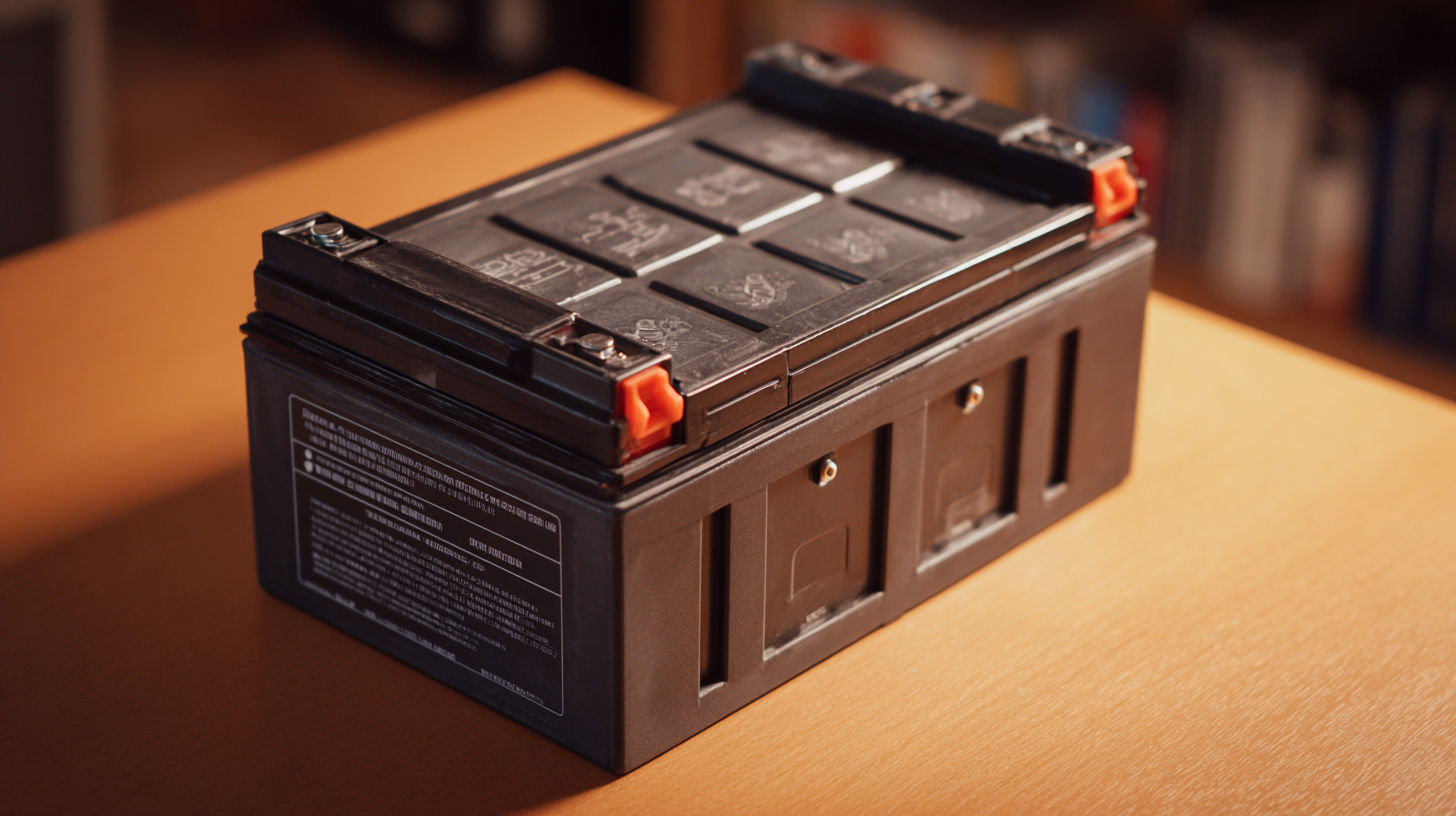
One of the key comparative advantages of SLA batteries lies in their cost-effectiveness and longevity. Unlike lithium-ion batteries, which have higher initial costs, SLA batteries offer a lower upfront investment, making them accessible for both commercial and residential users. Furthermore, SLA batteries can endure numerous charge-discharge cycles—up to 1,000 in some cases—while maintaining a reliable performance range. Reports indicate that SLA batteries also have a more stable operational temperature range and are less prone to degradation from excessive heat, making them a robust choice in various environmental conditions. As technology advances, the efficiency and application of SLA batteries are poised to expand, solidifying their position as a preferred power storage solution.
Market Trends: The Growing Demand for Rechargeable Sealed Lead Acid Solutions
The demand for rechargeable sealed lead acid (SLA) batteries is rapidly rising, driven by advancements in energy storage technologies and the increasing need for sustainable solutions across multiple sectors. As per the latest industry forecasts, the global portable power station market is predicted to achieve a value of $603.06 million in 2024, with further growth expected to reach $661.57 million by 2025, and a remarkable escalation to $1,099.64 million by 2032. This trajectory underscores the expansion of rechargeable SLA applications in portable energy systems, catering to both residential and commercial needs.
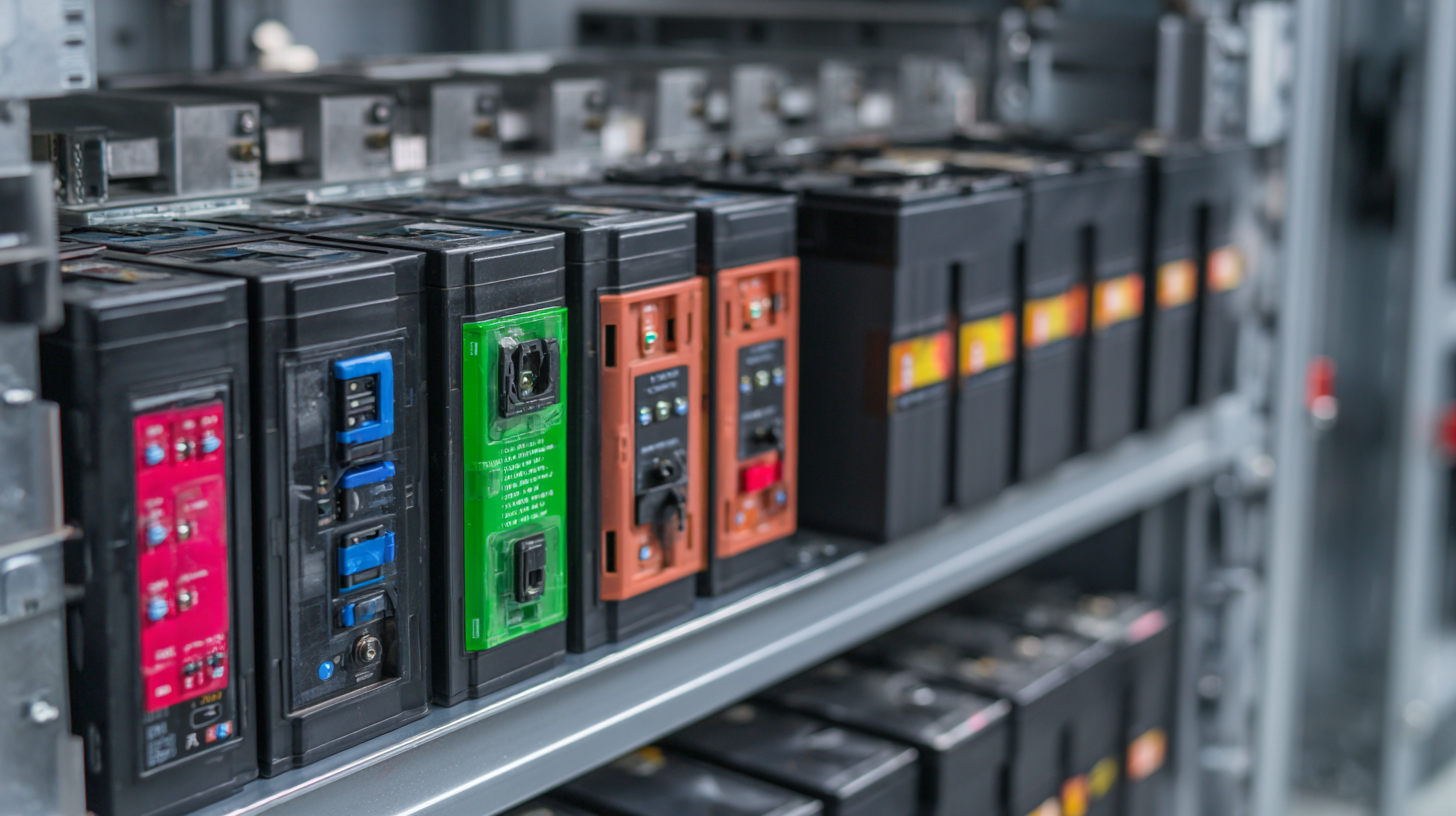
Moreover, as industries prioritize efficiency and sustainability, the aerospace sector is witnessing robust growth in battery solutions, with the global aircraft battery market estimated to be worth $477.8 million in 2024. With an anticipated compound annual growth rate (CAGR) of 13.1% from 2025 to 2034, the focus on lighter and more efficient energy storage options is propelling innovation in battery technologies. Furthermore, the recycling market for lead-acid batteries is projected to expand significantly, jumping from $13.34 billion in 2025 to an impressive $26.45 billion by 2032, reflecting a CAGR of 10.27%. This trend aligns with global efforts to enhance sustainability and reduce the environmental impact of battery disposal, reinforcing the pivotal role of rechargeable SLA batteries in the future of power storage.
Longevity and Reliability: The Performance Metrics of Rechargeable Sealed Lead Acid Batteries
Rechargeable sealed lead acid (SLA) batteries are making strides in the power storage sector due to their impressive longevity and reliability. According to a report by ResearchAndMarkets, the global lead-acid battery market is expected to grow at a CAGR of 5.9% from 2021 to 2026, primarily driven by advancements in storage technologies. These batteries can offer a cycle life of 500-1000 cycles, depending on usage conditions, making them capable of handling numerous charge and discharge cycles efficiently over time.
In terms of performance metrics, rechargeable sealed lead acid batteries demonstrate notable resilience and low self-discharge rates—typically under 5% per month. This makes them a reliable choice for applications requiring consistent power supply, such as uninterruptible power supplies (UPS) and renewable energy systems. Additionally, they maintain their voltage stability throughout their discharge period, a feature that is critical for sensitive electronic devices. As the demand for dependable energy storage grows, SLA batteries will continue to position themselves as a viable and cost-effective solution in various sectors.
Unlocking the Benefits: Why Rechargeable Sealed Lead Acid Batteries Are the Future of Power Storage
| Performance Metric | Standard Value | Impact on Longevity |
|---|---|---|
| Cycle Life (Number of Discharges) | 500 - 1200 cycles | Higher cycles indicate better longevity. |
| Self-Discharge Rate | 3% - 5% per month | Lower rates enhance reliability over storage periods. |
| Temperature Range | -20°C to 50°C | Wide range improves usability in diverse conditions. |
| Nominal Voltage | 6V, 12V | Standard voltages ensure compatibility with various applications. |
| Efficient Charge Time | 4 - 8 hours | Quicker charging enhances readiness for use. |
Eco-Friendly Innovations: The Sustainable Impact of Rechargeable Sealed Lead Acid Batteries
The rise of rechargeable sealed lead acid batteries marks a significant leap toward sustainable energy solutions. These batteries not only provide an efficient energy storage alternative but also contribute to environmental preservation. With their ability to be recycled and reused, they significantly reduce the ecological footprint associated with traditional battery disposal. As society increasingly prioritizes green technologies, these batteries emerge as a practical choice for various applications, from renewable energy systems to electric vehicles.
In addition to their recyclability, rechargeable sealed lead acid batteries offer the advantage of lower production costs compared to other battery technologies. This affordability makes them an appealing option for both consumers and industries alike, encouraging wider adoption without compromising on performance. The advancement in manufacturing processes has also led to improvements in their lifespan and efficiency, further solidifying their role as a sustainable power storage solution. By investing in these eco-friendly innovations, we can pave the way for a more sustainable energy future, harnessing the potential of rechargeable sealed lead acid batteries to create a cleaner, greener world.
Related Posts
-
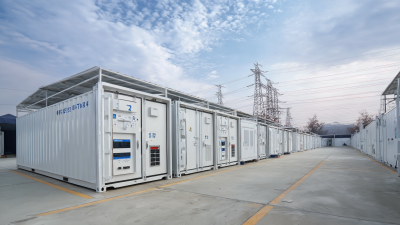
Unlocking the Future of Energy Storage Innovations with 12 Battery at the 2025 China Import and Export Fair
-
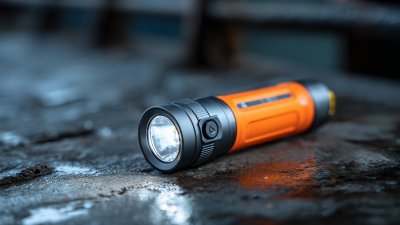
Emerging Trends in Emergency Light Battery Technology at the 138th Canton Fair 2025
-
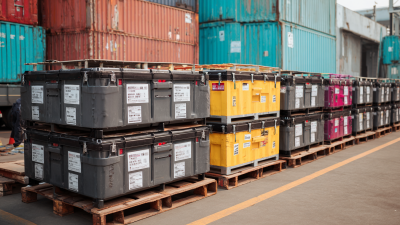
Batteries Delivered Revolutionizing Supply Chains at the 138th China Import and Export Fair 2025
-
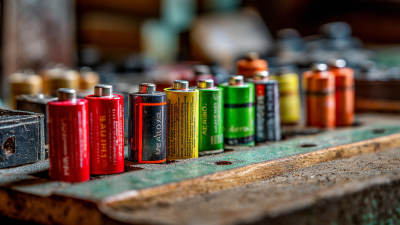
Exploring the Benefits and Applications of Sealed Lead Acid Batteries in Modern Technology
-
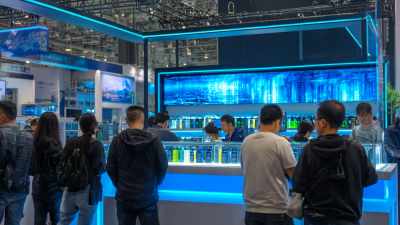
Unveiling Battery Acid Innovations at the 2025 China Import and Export Fair
-
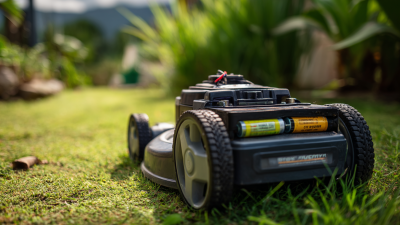
What are the Key Features of Lawn Mower Batteries You Should Know?
